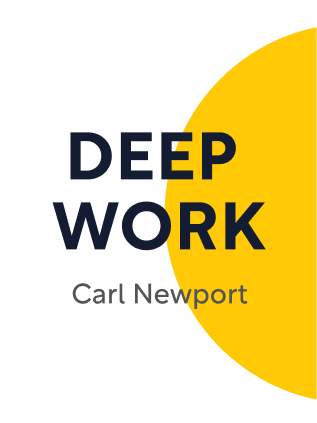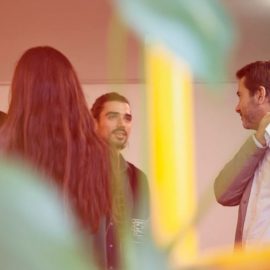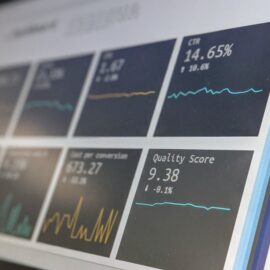

This article is an excerpt from the Shortform book guide to "Deep Work" by Cal Newport. Shortform has the world's best summaries and analyses of books you should be reading.
Like this article? Sign up for a free trial here .
Is responding to emails sucking up your precious work time? How can you set up a work email policy and reply effectively?
If you want to know how to reply to emails effectively, follow this guide based off of Cal Newport’s book Deep Work. Newport explains that emails are shallow work and sometimes it’s better not to respond at all. But when you do need to respond, here is advice on how.
Keep reading for Cal Newport’s advice on responding to emails.
Request Emails Be Thoughtful and Respond Thoughtfully
Emails are an insidious time suck. People want to dash them off as quickly as possible, hoping to push the responsibility off on someone else. The nightmare email thread is one where multiple parties spend dozens of emails scheduling a meeting time.
Here are a few strategies for how to reply to emails effectively and to reduce unproductive emails.
1) Publish a policy on how you’ll handle incoming emails, and which emails you’ll reject. “Please only send things that would interest me. I may not reply unless it’s a good fit for my schedule and interests.”
- By publicizing the fact that you may not respond at all, you give yourself the mental freedom to ignore the emails and not reply to any. This is very freeing.
- While you might worry you’ll sound rude, consider that the sending person likely hopes for the same courtesy for her own incoming emails. So it might not be rude after all.
- Much of this is also based on the ego that people care what you have to say and are pining for a response. In reality, most email senders may not care that they get a response at all.
2) When replying to an email, articulate the current state of things, where the ultimate goal is, and what the most effective next steps are.
Rationale: This prevents unproductive email volleys, where each email adds incremental information at the cost of distractions for multiple people. It also closes the mental loop for you, preventing mental residue from accumulating.
Email Reply Examples
- Bad reply: “Here’s the edited draft. Thoughts?”
- Good reply: “I’ve reviewed your draft, added major comments, and made line edits for specific language. Things are looking good – you’re free to take this to the final draft without running it by me again.“
- Bad reply: “Yes, let’s get a coffee sometime. When works for you?”
- Good reply: “Here are times over the next week when I’m available. If any of these work for you, let me know and please send a calendar invite. If none of these work, please send over a few times that do.”
- Bad reply: “Where were we on that research question?”
- Good reply: “In the next week, send me your notes of everything we discussed about the project. I’ll combine it with my own notes, put them in a shared doc, and highlight the most promising next steps. Then let’s meet to discuss the problem – here are six times when I’m available.”
At first, writing each email will take you more time, but you save many more minutes in the future by cutting email volleys down.
3) Consider not replying at all to less thoughtful emails, or emails where no reply would not be a bad thing. If it’s important enough, they’ll respond, hopefully with a more thoughtful email.
- Principle (from Tim Ferriss): “Let small bad things happen. If you don’t, you’ll never find time for the life-changing big things.”

———End of Preview———
Like what you just read? Read the rest of the world's best book summary and analysis of Cal Newport's "Deep Work" at Shortform .
Here's what you'll find in our full Deep Work summary :
- How deep work is critical for performance and productivity
- Why focus is like a mental muscle
- Why willpower isn't as good as a ritual






